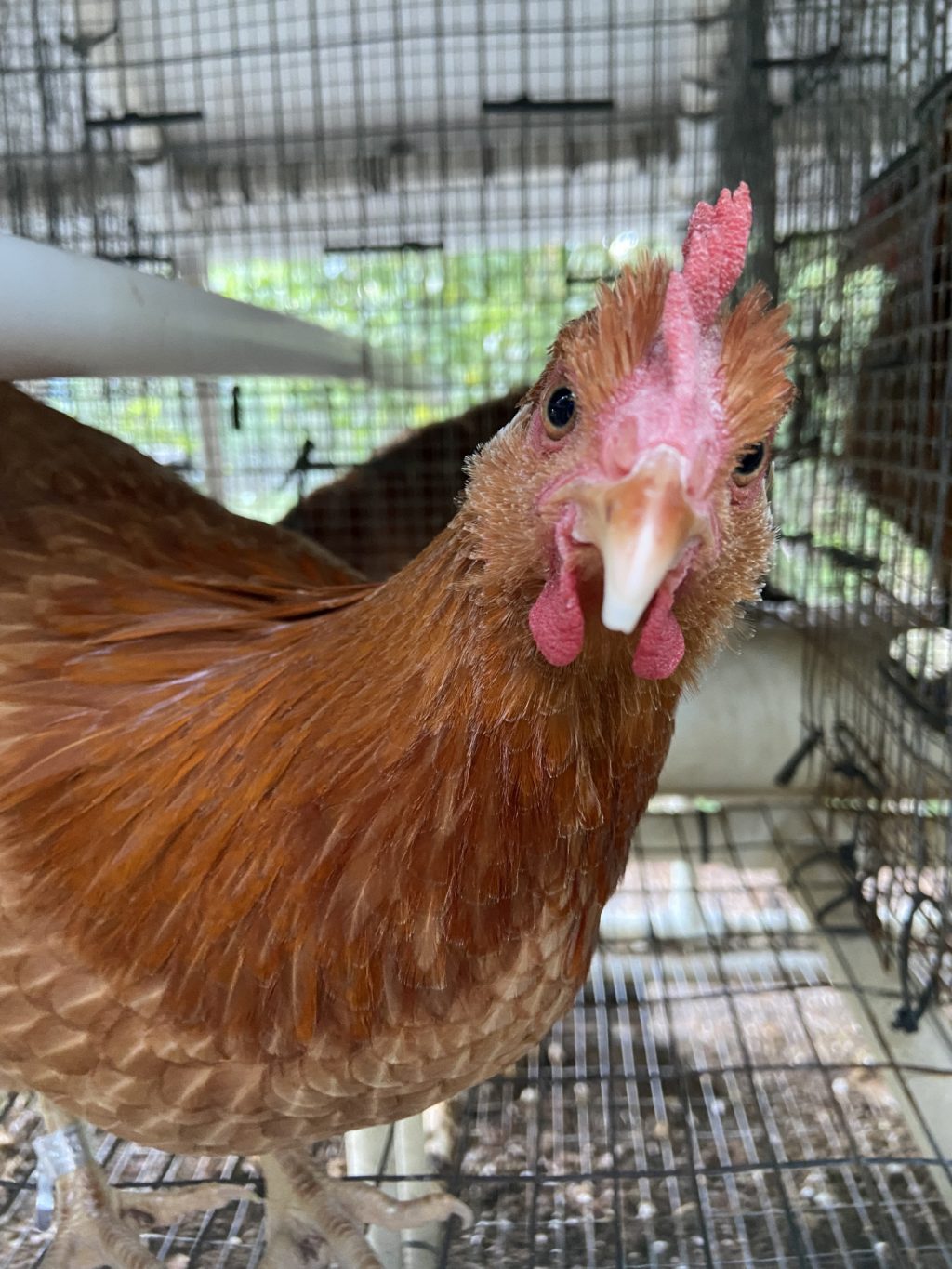An interdisciplinary team led by Robert Guralnick, curator of biodiversity informatics at the Florida Museum of Natural History, has won a 2023 Research Opportunity Seed Fund award from the University of Florida. The grant will help launch a project to create a map forecasting the risk of two mosquito-borne diseases across Florida. Guralnick is collaborating with Lindsay Campbell from UF’s IFAS Florida Medical Entomology Laboratory and Whittaker Schroder from UF’s department of anthropology.
Florida has long struggled with arboviral diseases, which are caused by viruses transmitted by mosquitoes and ticks. Two that are especially problematic for humans and livestock are West Nile virus — the most common mosquito-borne disease in the United States — and eastern equine encephalitis. The latter attacks the central nervous system and primarily affects horses, as its name suggests, but can also be transmitted to humans. While most people who contract the virus are only mildly affected, if at all, some in rare cases may develop brain inflammation — those who do face a 30% mortality rate, the highest of any mosquito-borne disease in the United States.
The state’s current methods for managing these diseases are mostly reactive in nature. For example, the Department of Health often issues advisories after arbovirus cases are reported. Guralnick and his team, however, see the potential for a more proactive option.
“We want to build a model that can predict, with reasonable accuracy, the transmission risk of West Nile virus and eastern equine encephalitis virus,” Campbell said.

Photo courtesy of Yasmin Tavares
To do this, the researchers are using decades of data that have been collected from sentinel chickens. These birds are raised by mosquito control programs throughout the state, which collect weekly blood samples and send them to the Florida Department of Health to monitor for the presence of arboviruses in the environment. Chickens do not transmit the virus further, but their bodies do produce antibodies if they’re infected by a mosquito. This provides a safe way to monitor mosquito-borne diseases.
Florida’s sentinel chicken programs have created a detailed record of where the viruses are present and when they’re transmitted. By combining this information with remotely sensed environmental data, the researchers hope to find underlying patterns. To understand the complex correlations between environmental conditions and transmission events, they will use deep learning, a type of artificial intelligence that mimics the human brain’s neural networks.
“Hopefully, this can be an additional tool to help people see where they should monitor. It could also give a little heads-up to where there’s a greater risk for transmission to take place,” Campbell said.
Crucially, the goal is to forecast rather than react to transmission. By creating maps that show where mosquitoes have greater effects, the team hopes to help mosquito control programs determine where to spray pesticides.
“If we can identify with greater detail where the risk is highest, we can apply pesticides more strategically in those areas,” Guralnick explained. “That’s better than more widespread use of pesticides, which can harm the environment.”
Forecasting disease risk is no easy feat. There are many factors to consider, and each can change over time as hosts and vectors move around, seasons change and landscapes get developed and redeveloped. Guralnick brings a wealth of experience in studying complex system dynamics and handling large datasets. That, combined with Campbell’s background in disease ecology and Schroder’s expertise in geographic information systems and remote sensing data, prepares the team well for taking on the challenge.
“This represents the interdisciplinary core of what makes UF such an awesome place to be,” Guralnick said. “All of us are interested in using new tools on projects that are going to have meaning for the citizens of our state.”
Sources: Robert Guralnick, rguralnick@flmnh.ufl.edu;
Lindsay Campbell, lcampbell2@ufl.edu
Writer: Jiayu Liang, jiayu.liang@floridamuseum.ufl.edu, 352-294-0452